Obviously too busy to blog much lately. Heading to Europe in a few days for a conference on “Class Composition, Immaterial Labor and New Social Subjects,” followed by EuroMayDay in Milan, and more fun in Italy with good friends. A bit frenzied tying up loose ends before departing, and still have a reading tomorrow at the Main Library as part of Michelle Tea’s “Radar Reading” series, filling in for one of their pre-scheduled speakers who couldn’t make it. Wednesday night is the “Cleaning Up after the Military” Spring Talk at CounterPULSE too…
Anyway, this was one of those wonderful San Francisco weekends, in spite of the enduring gray skies. I’d like to claim I was a flaneur all weekend, but actually most of the touring and promenading I did was fairly organized.
On Saturday I went up the hill to enjoy the Bernal Heights Preservation Organization‘s tour of historic earthquake shacks on the hill. Apparently Bernal has more than any other neighborhood, though I’ve seen “unverified” ones in many locales, from Potrero Hill to North Beach and Russian Hill… Here’s a few photos from the tour:
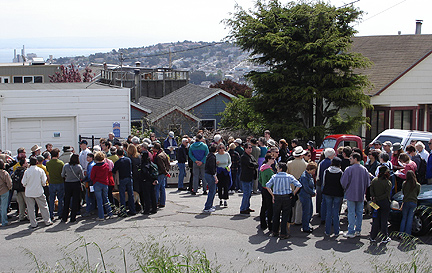
This is the crowd assembling, dividing into three groups for the promenade through the neighborhood. Behind them is 43 Carver, which consists of two type “B” earthquake shacks joined together, surrounded by a charming garden, and sitting just the east end of the Bernal Heights open space. Here’s another shot of it, closer up:
The owners were very gracious and allowed us to all tromp through their place. In fact, several of the historic homes we passed invited us in, in one case Eric Lund and his wife even served us cookies at 414 Prentiss, and regaled us with stories about their Finnish ancestors who had settled there in the late 19th century. One of the chief charms of Bernal Heights is its remarkable mix of architectural styles and the rather intact families and histories that still dot the neighborhood.
Gail Sansbury and other stalwarts of the relatively new Bernal Heights Preservation Organization have been doing a great job of gathering histories, artifacts, memories, and more, and finding ways of bringing the neighborhood together in mutual appreciation of their rich past. Here she is in front of an “unverified” quake shack at 4002 Folsom St.
After a wonderful stroll with the sun slowly emerging, we ended near the top of Bocana where a diminutive ‘arts & crafts’ style home is a disguised earthquake shack:
Crossing over Bernal Heights after all this rain is a treat even if you’re not prowling for architectural and historical gems. Wildflowers are prolific at this time, and that prompted me to join some friends later Saturday afternoon for a two hour walk up to the summit of San Bruno Mountain, our peninsula’s premiere site for blooming native wildflowers after spring rains. Here comes a bunch of beauties that I photographed while walking the summit loop trail:
With amazing views like this in all four directions, San Bruno Mountain is an incredible place to walk. But for full enjoyment, you must take the time to peer into the nooks and crannies, and especially look for the tiniest little flowers you can imagine which are very close to the ground, even along heavily travelled paths.
After all that refreshing history and nature, the day was far from complete, because Saturday night was the MAPP: Mission Arts and Performance Project. This bimonthly affair has been going for a couple of years now, and just keeps growing. It feeds nicely into our proclivity around the Mission for wandering from place to place to see what’s happening. As usual in these situations, I don’t spend too much time with the actual art or performance, but quite a lot of time running into friends, chatting, catching up, seeing and (to a much lesser extent!) being seen. Here are a few images from the night. Highlights for me: catching Jennalex’s interesting self-portraits at Cocoon while a minimalist punk duo wailed in the background; getting a full tour of Million Fishes from Mary Ann Brooks who lives there now; seeing the gorgeous backyard called Elisa’s Garden and running into Annette Poliwka and her roommates… popped my head into El Garaje de la Folsom and Red Poppy too, but beat a retreat homeward as the day was finally catching up with me… Here’s a few shots of the MAPP sites:
Million Fishes
Elisa’s Garden
El Garaje
On Sunday, I made my own contribution to the collective reinhabitation of our city by conducting one of my periodic bicycle history tours, this one on Ecological History. I’m pretty bad at doing adequate promotion, so it wasn’t a big crowd this time, but actually I was glad because it’s more fun to have an intimate group… here’s a shot of us at the Langton/Howard community garden, one of the nicest ones in the center city area.
After talking about all the hidden water, leveled sand dunes, reshaped shoreline, etc., we eventually made it to the plaque at Battery and Market denoting the original shoreline:
Not far from this spot is the former site of the Alaska Commercial Company, once the defacto government of western North America and a good deal of the 19th century Pacific as well. It’s one of the stories I got from Gray Brechin’s fantastic historical work, back when we were first starting Shaping San Francisco, and I always like to take people to see the granite walruses that are still there on the building that replaced the Alaska Co. HQ back in 1977 or so. You’ll rarely find a more stark portrayal of the process of capital accumulation than the granite walruses that were once real walruses (and seals, seal lions, whales, and countless millions of mammals all around the islands and shorelines of the Pacific) that were “mined” by the Alaska Co., in some cases nearly to extinction during their decades-long exclusive contracts. The capital accumulated through this mass slaughter was in turn invested in real estate in downtown San Francisco, erecting a building covered in granite renditions of the animals that provided their fortune. Perhaps it is one of nature’s persistent ironic winks that after the 1989 earthquake the sea lions appeared on the very valuable yacht berths at Pier 39 and took them over, where they still are to this day, now a tourist attraction, but still a fully wild and unpredictable colony of seagoing mammals.
Humans and nature, trying to learn the dance, find the rhythmic sweet spot of a momentary equilibrium that is always in flux, never to stop evolving, shifting, and growing. A brief weekend, but in some ways a window on a much longer period of time that opens up big questions of history, nature, evolution, urban futures, and simply, the pleasure of living. Thanks to everyone who shared it with me, and whoever passes by this blog, I hope you enjoyed it too!
Next entry will be from across that Atlantic pond…

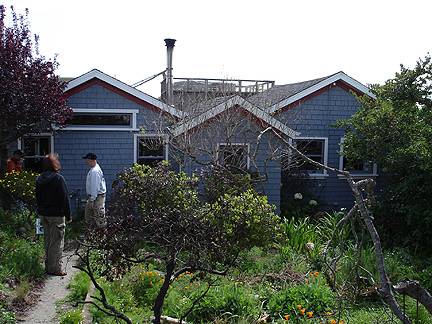

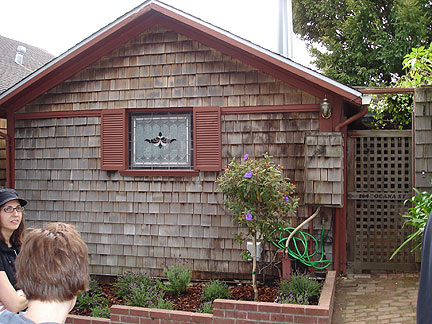
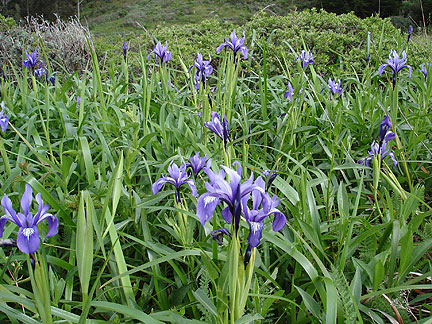

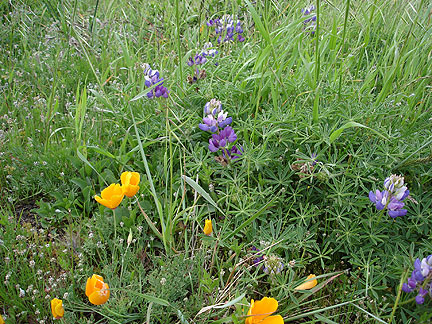
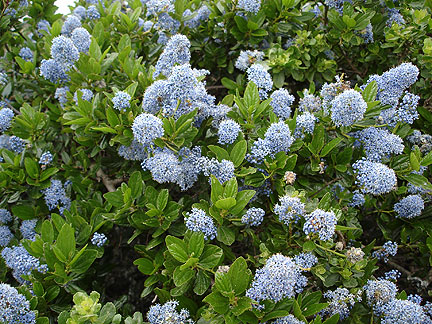

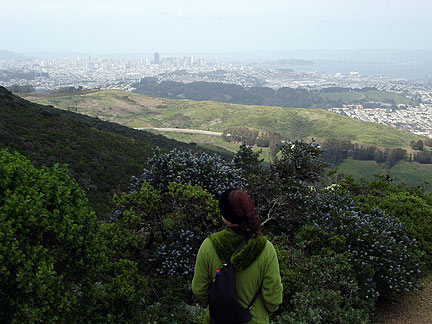
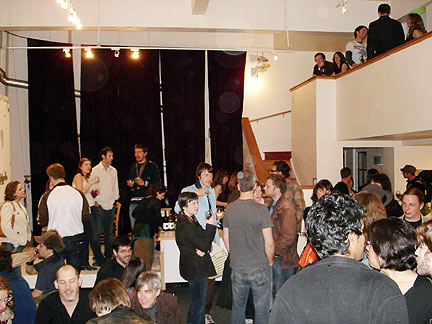
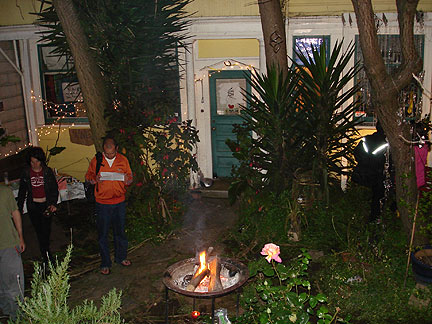
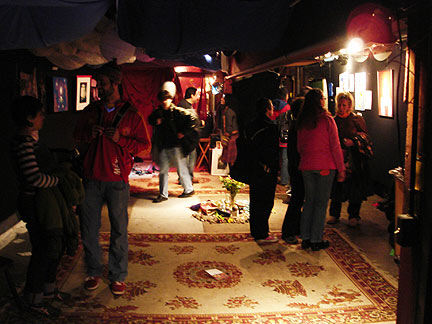
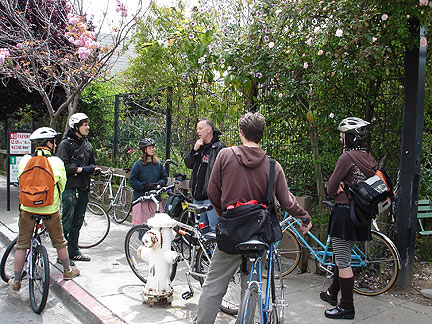
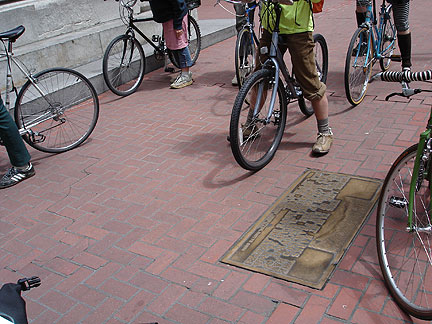












Leave a Reply